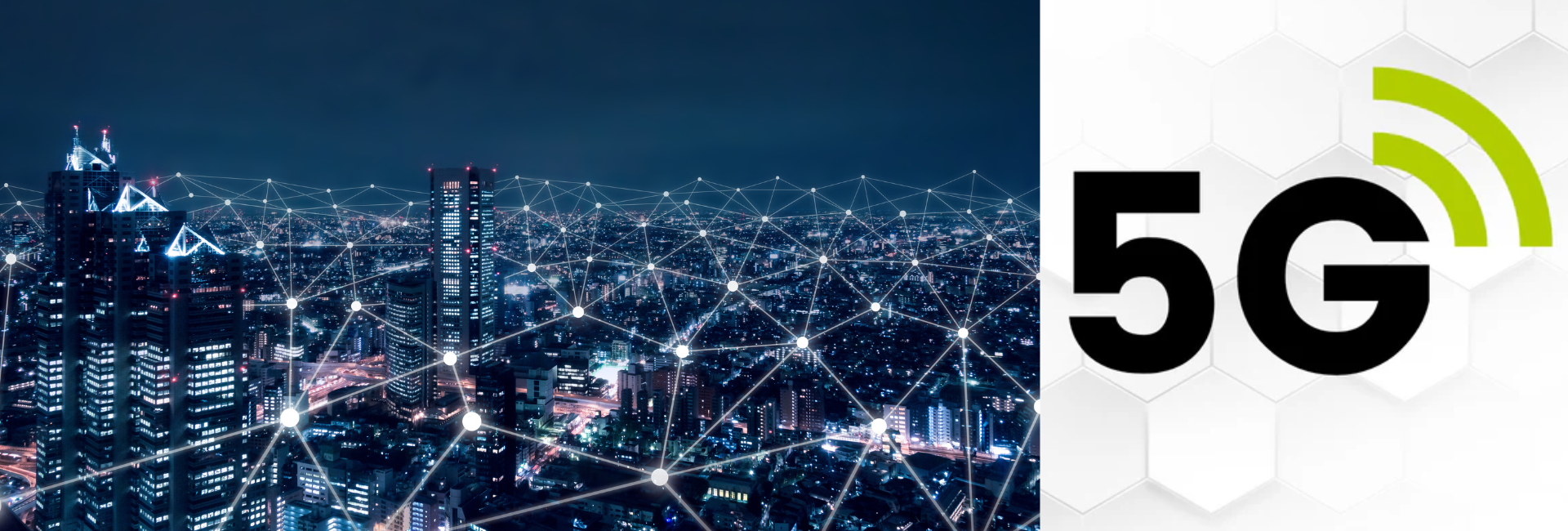 Technology
Technology
The Impact of 5G What It Means for the Future of Connectivity
January 05 , 24
The arrival of 5G is more than just an upgrade to mobile internet—it’s a technological revolution reshaping how we live, work, and connect. As the fifth generation of wireless networks, 5G offers ultra-fast speeds, incredibly low latency, and the power to handle billions of connected devices simultaneously.
But its impact goes far beyond smartphones. From healthcare and manufacturing to entertainment and smart cities, 5G is laying the foundation for a future powered by real-time data and seamless digital interaction. In this article, we’ll explore how 5G is transforming industries, revolutionizing daily experiences, and creating a more connected world.
Table of Contents
-
Introduction to 5G Technology
-
How 5G is Transforming Industries
-
5G in Healthcare and Manufacturing
-
The Impact of 5G on Entertainment & Media
-
Building Smarter Cities with 5G
-
Key Challenges in 5G Deployment
-
Conclusion: The Future of a Connected World
-
FAQs
Introduction to 5G Technology
5G is not just faster—it’s smarter. With speeds up to 100 times faster than 4G and latency as low as 1 millisecond, 5G offers a new level of responsiveness that enables real-time data transfer. This means smoother streaming, lag-free video calls, and the ability to support critical applications like autonomous vehicles and remote medical procedures.
As more smart devices enter our homes, cars, and workplaces, 5G provides the network infrastructure necessary to connect everything seamlessly.
How 5G is Transforming Industries
5G’s transformative potential lies in its ability to enhance communication, automation, and innovation across multiple sectors:
-
Ultra-low latency enables real-time communication and control.
-
High bandwidth allows large volumes of data to be transferred instantly.
-
Massive connectivity supports IoT devices across factories, cities, and homes.
These capabilities are unlocking new business models and solutions that were previously impossible with older wireless technologies.
5G in Healthcare and Manufacturing
Healthcare
With real-time responsiveness, 5G is enabling advanced telemedicine and even remote surgeries. Imagine a surgeon in London performing a complex operation on a patient in Karachi with robotic precision—5G makes this possible.
Remote monitoring, wearable health devices, and AI diagnostics can operate more effectively with 5G’s speed and reliability, improving healthcare accessibility and outcomes.
Manufacturing
Smart factories are becoming a reality. 5G allows machines to "talk" to each other, optimizing production lines with minimal human intervention. Logistics can also benefit, with real-time tracking and adaptive supply chain management reducing delays and costs.
The Impact of 5G on Entertainment & Media
5G is transforming the way we enjoy content:
-
Buffer-free streaming of 4K and 8K video
-
Immersive virtual reality (VR) and augmented reality (AR) experiences
-
Real-time gaming with low latency
Virtual concerts, holographic communication, and AR sports viewing will become mainstream, making digital media more interactive and lifelike than ever before.
Building Smarter Cities with 5G
5G will be the nervous system of smart cities, connecting everything from streetlights to traffic signals.
Examples include:
-
Smart traffic systems that reduce congestion using real-time data
-
Connected public services that respond more efficiently to citizens' needs
-
Environmental sensors that monitor air quality, noise, and waste management
The result? Cities that are more sustainable, efficient, and livable.
Key Challenges in 5G Deployment
While the benefits are immense, rolling out 5G infrastructure presents several challenges:
-
High deployment costs due to the need for dense networks of small cells
-
Privacy and cybersecurity risks from the increased number of connected devices
-
Regulatory hurdles and lack of uniform standards across countries
Overcoming these obstacles will require collaboration between governments, telecom companies, and technology providers.
Conclusion: The Future of a Connected World
5G technology is a game-changer. It’s not just about faster downloads—it’s about reimagining what’s possible in our daily lives, industries, and cities. From improving remote healthcare and revolutionizing manufacturing to transforming entertainment and building smarter infrastructure, 5G is laying the foundation for the digital age.
To fully realize its promise, stakeholders must address the challenges and work together to ensure safe, secure, and inclusive access to this transformative technology.
FAQs
Q1. What is 5G and how is it different from 4G?
A1. 5G is the fifth generation of mobile networks offering faster speeds, lower latency, and greater connectivity compared to 4G.
Q2. How will 5G improve healthcare?
A2. It enables telemedicine, remote surgeries, and real-time monitoring, significantly improving access and efficiency in patient care.
Q3. Will 5G improve my internet speed at home?
A3. Yes, especially in areas where fiber is not available, 5G home internet can offer broadband-level speeds.
Q4. Is 5G safe to use?
A4. According to scientific studies and regulatory bodies, 5G is safe when deployed under recommended guidelines.
Q5. When will 5G be available everywhere?
A5. 5G is rolling out globally, but full nationwide coverage in most countries may take several more years.
You may also like



